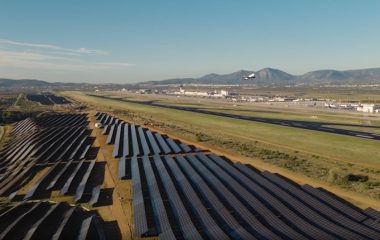
Photo: Hydrogenics
Bulgaria has drafted legislation that defines terms and conditions for the design and construction of stations for charging hydrogen-fueled vehicles.
The legislation was drafted by the Ministry of Regional Development and Public Works.
Analysis has revealed a lack of regulations that define terms and conditions for the design and construction of hydrogen filling stations
The document was developed to help implement the national policy for the development of a market for alternative fuels in the transport sector. Analysis has revealed a lack of regulations that define terms and conditions for the design and construction of hydrogen filling stations, according to a document accompanying the draft legislation.
The European Union has agreed on a binding target of a 10% share of renewable energy in transport by 2020 and to reduce CO2 emissions from motor fuels by 6% until 2020.
In the White Paper Roadmap to a Single European Transport Area – Towards a Competitive and Resource-Efficient Transport System, the EU notes that a 60% reduction in CO2 emissions by 2050 requires a significant boost in the use of alternative fuels, the Ministry said.
Under the best-case scenario, Bulgaria will have 50 stations by 2030
The ministry recalled that under the best-case scenario envisaged under the national policy for the development of a market for alternative fuels in the transport sector, four hydrogen filling stations could be built by 2020, 10 by 2025, and 50 by 2030. Under the worst-case scenario, Bulgaria will have at least one station after 2020, and four by 2030.
In May 2018, Anguel Popov, Deputy Minister of Transport, Information Technology, and Communications, announced that Bulgaria will construct 10 stations by 2025.
The Ministry looked into mobility solutions in Europe, California, and Canada during the preparation of the draft legislation.


















Be the first one to comment on this article.